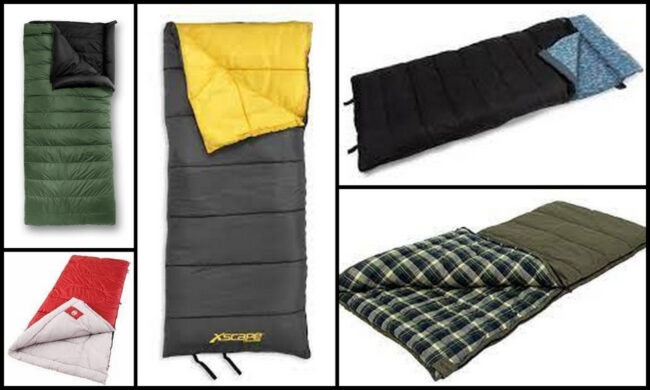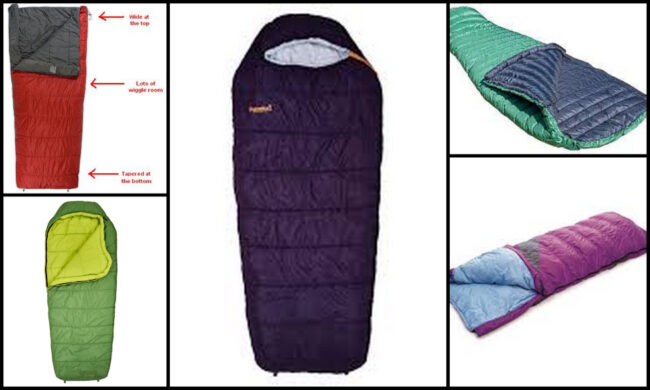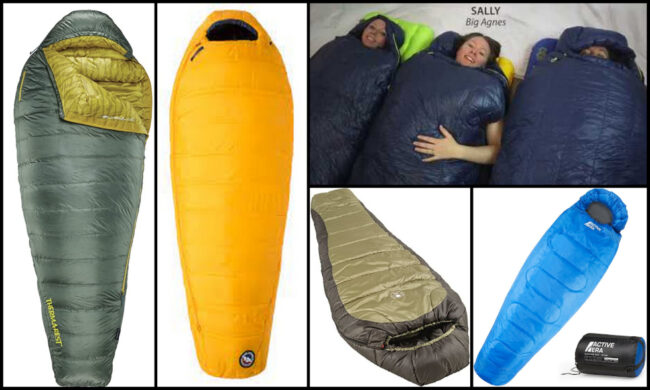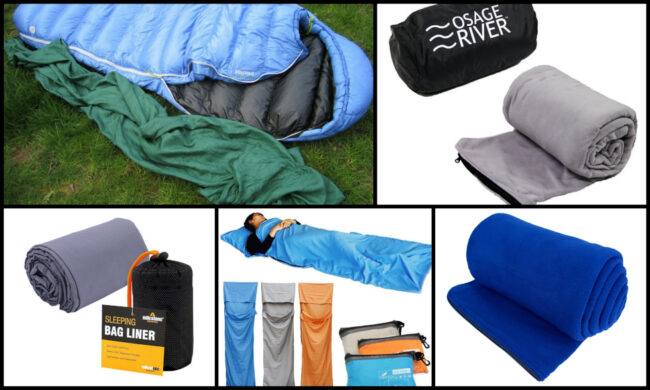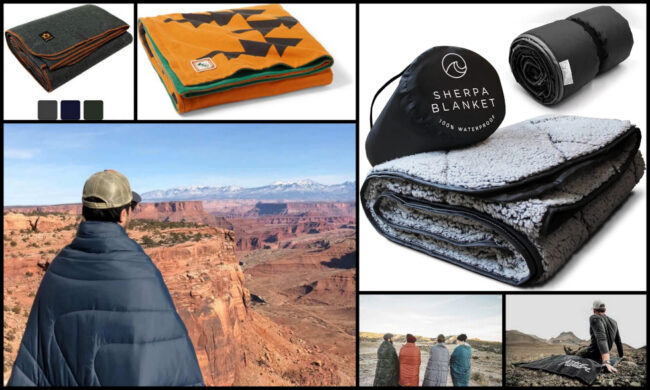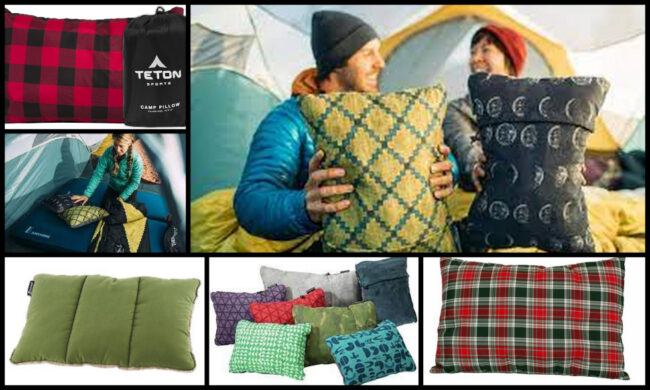Sleeping Equipment
Of all the equipment that you’ll need to purchase for your camping experience the choice of sleeping gear is critical. There are three basic factors to take into consideration; weight, pack space and warmth.
When backpacking or kayaking, you’ll want to get the lightest and smallest gear you can afford, and prices will vary considerably. In a low-end sleeping bag you can get by for under $50. On the other side of the coin, a high-end, cold-weather bag can run into the hundreds of dollars. For summer camping, the cheaper bags or liners or blankets are usually fine.
In considering a sleeping bag, ask yourself a couple of questions, “How cold will it be when I go camping?” and “How heavy can this bag be for what I’m doing?” Once both questions have been answered then you’re ready to go shopping.
In the way of a basic introduction, there are as many types, weights, and temperature-range equipment as you can imagine. You can find everything from ultra-light and warm to heavy & modest temperature capability.
Let’s look at the characteristics of a sleeping bag. First there is the basic configuration. There are: rectangular, semi-rectangular and mummy bags.
Rectangular bags are the largest, and as the name describes, rectangular in shape. They are larger and more comfortable; however with the extra space comes the need to heat more area once inside. Secondly, they don’t usually have “collars” or hoods which allow you to prevent heat loss through the large opening at the head. While these are usually okay for warm weather camping, they can be miserable in the cold. Also, these bags tend to be very large and hard to get into a backpack or kayak cargo area. Lastly, most come with synthetic filler material, which is not nearly as warm as down. The good news is that they’re really comfortable space-wise, allowing for lots of flopping around when you sleep, and assuming they meet the temperature requirements, great for car camping.
Semi-rectangular bags are exactly what the name implies. They’re somewhat better at heat retention, but can still let a lot of body heat out, something you want to avoid if possible. They are somewhat large and not very heat efficient. The best thing about them is that with a more narrow foot section your feet keep a bit warmer.
If you’re serious about all-season camping, the best bet is to go ahead and invest in a down-filled, mummy bag. These bags are expensive, but like most outdoor gear, you pay for what you get. Consider this, if your sleeping bag is too warm you can un-zip it let in cooler air. If your bag is too cold, there’s nothing you can do about it, except wish that you’d bought a warmer bag.
One factor to consider when purchasing a down bag is that if the bag gets wet, you’ve lost virtually all insulation capability. While dry, down is amazing, when wet it’s worthless. If you do purchase a down bag, make sure to carry it inside your backpack inside another waterproof bag of some sort.
Synthetic fill bags don’t suffer the same fate as down in wet conditions, but they do tend to weight a lot more.
For warm-weather camping there are a couple of good options to look at. First, let’s start with sleeping bag liners. Most of these are very light, easy to compress down for packing and inexpensive. They’re made out of a variety of materials and because they’re a liner, can be used partially zipped up to keep your feet warmer.
An alternative to a sleeping bag or liner in warm weather is the old standard of a blanket. I’ve been known to just carry in an woolen Army blanket, or a fleece throw. In very warm weather, a flannel bed sheet can be enough. These too come in a variety of materials and costs vary a lot, but for me at least, the blanket is the way to go in warm weather as I find it by far the most comfortable option. Blankets are also great to have around in the cool morning hours, or to sit by a campfire if it gets a bit chilly at night.
Another important sleeping component is your head position. You should NEVER sleep with your head downhill or you’ll wake up with a massive headache. Lucky for us there are a variety of camping pillows made to make life better on the trail. Like all camping gear price ranges from not bad at all to “really, you want that much for a pillow”? They come in blow-up models and ones filled with some sort of insulation material. It’s a very personal choice and it’s up to you to decide how much you want to spend, how heavy it will be in your pack and probably the most important consideration is the material that covers it. Personally, I hate slippery nylon on my head. The only camp pillows I’ll buy have a soft flannel feel to them. There are other good coverings, that’s just the one I like. make sure it comes with a nice bag to carry it in, and to keep it clean.
Last modified on: January 3rd 2023.

